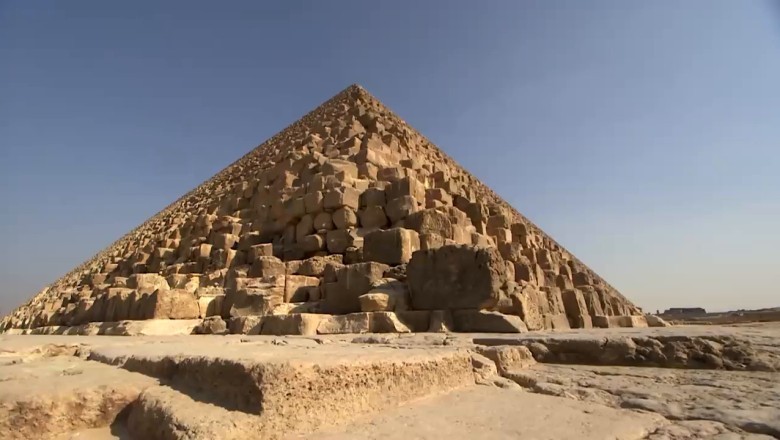
views
Unearthing Egypt: Vassil Dobrev's Quest to Preserve Ancient Treasures
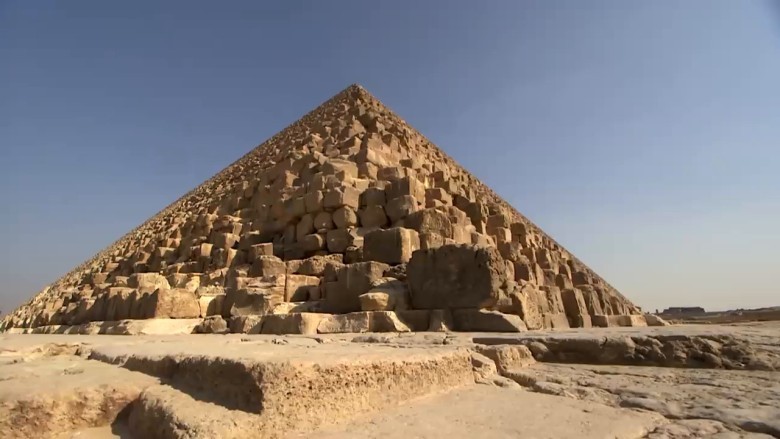
1. Introduction
Setting the Scene
The vast, golden desert near the pyramids of Giza stretches out like an endless sea of sand, shimmering under the relentless sun. The dunes rise and fall like waves, creating a landscape that is both harsh and beautiful. This timeless expanse holds secrets buried for millennia, waiting to be uncovered by those brave enough to venture into its depths. The pyramids, standing tall and majestic, serve as silent sentinels, guarding the mysteries of an ancient civilization that once thrived here.
Introducing Vassil Dobrev
Vassil Dobrev, a French archaeologist of Bulgarian origin, has spent the last 15 years of his life digging in this desert. His journey began with a passion for uncovering the secrets of ancient Egypt, a passion that has driven him to dedicate his life to the field of archaeology. Vassil's work is not just a job; it is a calling, a quest to bring the stories of the past to light and share them with the world.
2. The Discovery
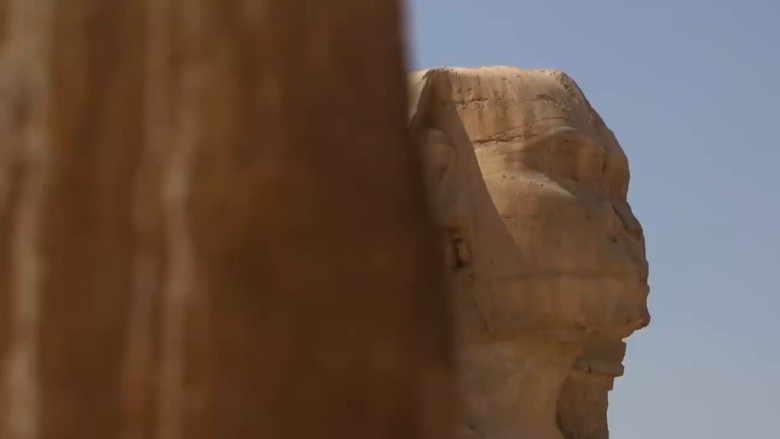
The Vertical Well
One fateful day, Vassil and his team of workers made a discovery that would change everything. As they carefully removed the brick walls that delimited a vertical well, they uncovered a shaft filled with sand, hinting at the potential of an underground tomb. The well descended deep into the earth, its depths shrouded in mystery. The workers, sensing the importance of their task, worked with renewed vigor, their efforts driven by the promise of what lay beneath.
Initial Excitement
Vassil's anticipation grew with each passing moment. The process of clearing the sand was meticulous and painstaking, requiring patience and precision. As the sand was carefully removed, the entrance to the tomb began to take shape, revealing a dark, narrow passage that descended into the earth. Vassil, equipped with a headlamp and a rope, was the first to descend into the well. The air was cool and still, a stark contrast to the scorching heat above.
The Decorated Chamber
As Vassil reached the bottom of the well, his heart raced with anticipation. The beam of his headlamp cut through the darkness, revealing a chamber adorned with intricate paintings and hieroglyphs. The colors were remarkably preserved, a testament to the skill and craftsmanship of the ancient artists. The chamber was a time capsule, a glimpse into the lives and beliefs of the ancient Egyptians. "Abdou, look at that," Vassil exclaimed, his voice echoing in the confined space. The walls of the chamber were a masterpiece, a work of art that had been hidden beneath the sands for millennia.
3. The Archaeological Significance
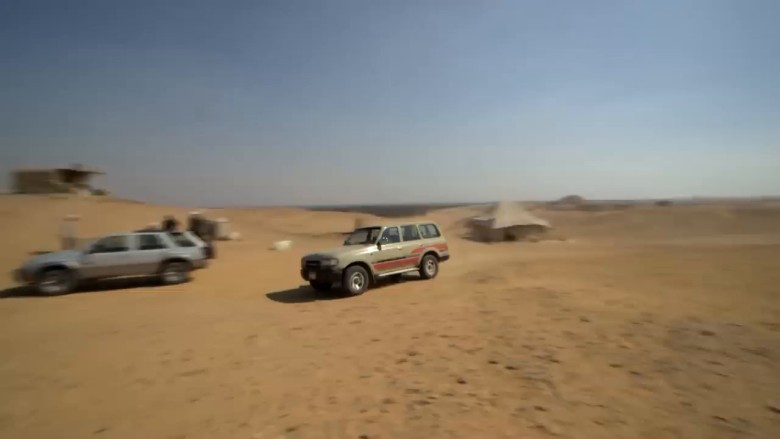
Historical Context
The decorations on the walls of the chamber were a treasure trove of information. Based on their style, Vassil deduced that they dated back to over 2000 years before Christ. The paintings depicted scenes of daily life, religious rituals, and offerings to the gods, providing valuable insights into the culture and beliefs of the time. The chamber was not just a tomb; it was a window into the past, a snapshot of a civilization that had long since vanished.
The Priest Sabi
One of the most significant discoveries was the name and titles of the priest buried in the tomb. The hieroglyphs revealed that the chamber belonged to a priest named Sabi, whose name meant "my protection." The inscriptions also indicated that Sabi held the titles of priest, reader, scribe, and magician, highlighting his importance in ancient Egyptian society. "Everything is decorated. It is beautiful," Vassil murmured, his eyes scanning the intricate details of the paintings. The colors were almost intact, a testament to the skill and craftsmanship of the ancient artists.
Artifacts and Insights
The chamber was filled with artifacts, each one a piece of the puzzle that was the life of Sabi. Pottery, statues, and hieroglyphs adorned the walls, each one telling a story of its own. The artifacts provided valuable insights into ancient Egyptian beliefs and practices, shedding light on a civilization that had long since faded into the sands of time. The discovery of the tomb was not just a significant archaeological find; it was a testament to the enduring legacy of ancient Egypt and the importance of preserving its treasures.
4. Challenges and Setbacks
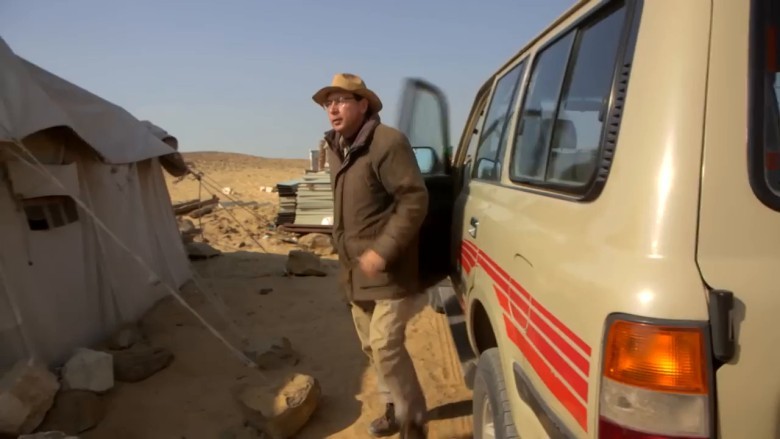
Security Measures
Despite the excitement of the discovery, Vassil was acutely aware of the challenges that lay ahead. The tomb had to be secured to protect it from looters, who posed a constant threat to Egypt's archaeological treasures. The political instability and economic hardships that had plagued the country since the revolution had led to an increase in looting and vandalism, making the protection of archaeological sites more difficult than ever. "We're going to close with blocks so thieves can't get down and go break the blocks inside," Vassil explained to his team. The decision to seal the tomb was a difficult one, but it was necessary to ensure the safety of the artifacts and the integrity of the site.
Looting and Vandalism
The broader context of looting in Egypt was a stark reminder of the ongoing threat to the country's archaeological heritage. Since the revolution, there had been a surge in illegal excavations and thefts, driven by the economic desperation of the local population and the demand for antiquities on the black market. The impact on archaeological sites had been devastating, with countless artifacts lost or damaged. The looting not only robbed Egypt of its cultural heritage but also deprived future generations of the opportunity to learn from and appreciate these treasures.
The Plight of Tourism
The decline in tourism due to security concerns had a profound effect on the local economy and archaeological efforts. The once-thriving tourism industry, which had sustained the livelihoods of countless Egyptians, was now a shadow of its former self. The decrease in visitors meant fewer resources for the preservation and protection of archaeological sites, further exacerbating the challenges faced by archaeologists like Vassil. The plight of tourism was a stark reminder of the interconnectedness of cultural heritage and economic stability.
5. The Broader Context
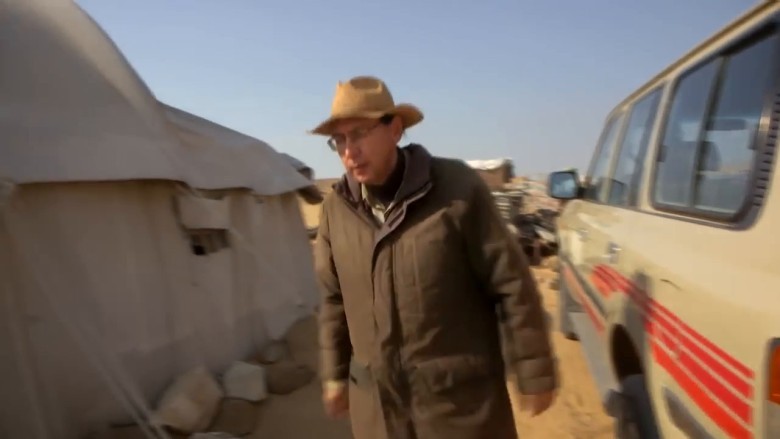
The Grand Egyptian Museum
In response to the challenges faced by Egypt's archaeological heritage, the construction of the Grand Egyptian Museum was underway. The new, ultra-secure museum was designed to house and protect Egypt's treasures, including Tutankhamun's complete treasure. The museum, located at the foot of the pyramids of Giza, was a testament to the country's commitment to preserving its cultural heritage. The state-of-the-art facilities and advanced security measures were intended to safeguard the artifacts for future generations, ensuring that they could be appreciated and studied by people from all over the world.
The Nile Cruise Experience
The unique experience of cruising the Nile offered a glimpse into the rich history and culture of ancient Egypt. Visitors could explore ancient temples and monuments, immersing themselves in the stories and legends of a civilization that had once thrived along the banks of the river. The Nile cruise was not just a journey through a landscape; it was a journey through time, a chance to connect with the past and gain a deeper understanding of the present. However, the challenges faced by the tourism industry had taken a toll on the Nile cruise experience, with fewer visitors and increased security measures.
The Steamboat Sudan
For those seeking a glimpse into the golden age of travel, the Steamboat Sudan offered a luxury cruise experience that harkened back to a bygone era. The historic steamboat, with its elegant cabins and exceptional service, provided a unique opportunity to experience the Nile in style. The Steamboat Sudan was more than just a mode of transportation; it was a floating museum, a testament to the rich history and culture of Egypt. The luxury cruise offered a chance to step back in time and experience the grandeur and elegance of a bygone era, while also enjoying the modern amenities and comforts of a high-end vacation.
6. Personal Stories and Reflections
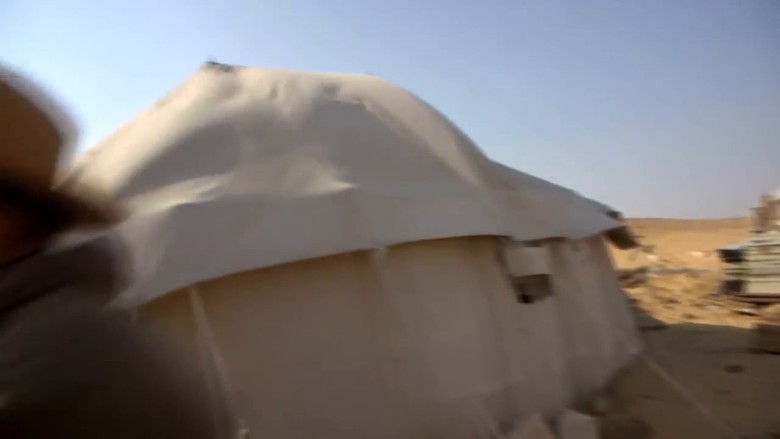
Vassil's Dedication
Vassil's personal journey was one of perseverance and passion, driven by a deep love for archaeology and a desire to uncover the secrets of the past. His dedication to his work was evident in every aspect of his life, from the long hours spent in the field to the meticulous care he took in documenting and preserving his discoveries. Vassil's story was a testament to the power of passion and the importance of pursuing one's dreams, no matter the challenges that lay ahead.
Tourists' Experiences
The stories of tourists like Catherine, Xavier, Stéphanie, and their families provided a unique perspective on the current state of tourism in Egypt. Despite the challenges and security concerns, these visitors were drawn by the allure of the pyramids, the temples, and the Nile. Their experiences, marked by a mix of awe and apprehension, highlighted the enduring appeal of Egypt's cultural heritage and the resilience of the human spirit. The tourists' stories were a reminder of the importance of preserving and protecting the treasures of the past, ensuring that they could be appreciated and enjoyed by future generations.
Local Perspectives
The insights from local guides, shopkeepers, and security personnel provided a well-rounded view of life in Egypt today. The decline in tourism had brought significant economic hardships, affecting the livelihoods of countless individuals and families. The local perspectives highlighted the human impact of the challenges faced by the tourism industry, underscoring the need for sustainable solutions that could support both the preservation of cultural heritage and the economic well-being of the local population. The stories of the local people were a testament to their resilience and determination, a reminder of the strength and spirit of the Egyptian people.
7. The Archaeological Process
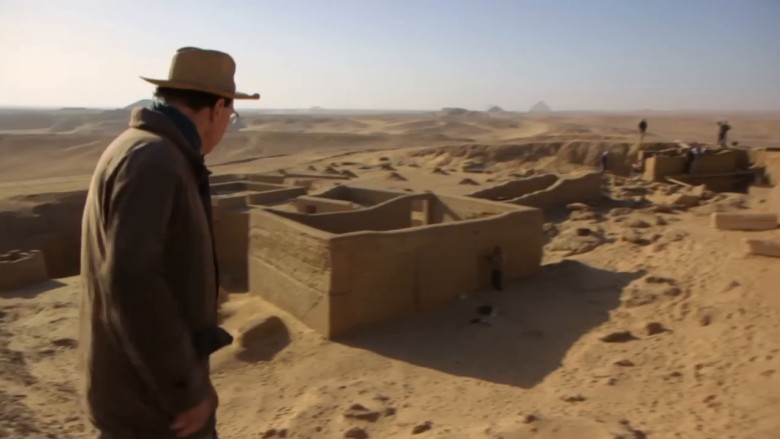
Excavation Techniques
The process of excavating an archaeological site was a complex and meticulous endeavor, requiring a combination of skill, patience, and precision. Vassil and his team employed a variety of techniques to carefully uncover and document the artifacts and structures hidden beneath the sands. The excavation process began with the careful removal of the surface layers of sand and debris, revealing the underlying features of the site. The workers used a combination of hand tools and mechanical equipment to clear the area, taking care to avoid damaging any potential artifacts or structures.
Team Dynamics
The success of an archaeological excavation relied heavily on the dynamics and collaboration of the team. Vassil's team was composed of a diverse group of individuals, each bringing their own unique skills and expertise to the project. The team included archaeologists, workers, and specialists in various fields, such as conservation, photography, and surveying. The collaboration and coordination of the team were essential to the success of the excavation, ensuring that the artifacts and structures were carefully uncovered, documented, and preserved.
Technological Tools
The use of modern technology played a crucial role in the archaeological process, providing valuable tools and resources for the excavation and documentation of the site. Ground-penetrating radar (GPR) was used to create detailed maps of the subsurface features, helping the team to identify potential areas of interest and plan their excavation strategy. 3D scanning and photogrammetry were employed to create high-resolution models of the artifacts and structures, providing a valuable resource for further study and analysis. The use of technology not only enhanced the efficiency and accuracy of the excavation process but also provided new opportunities for the preservation and dissemination of archaeological knowledge.
8. Historical and Cultural Insights
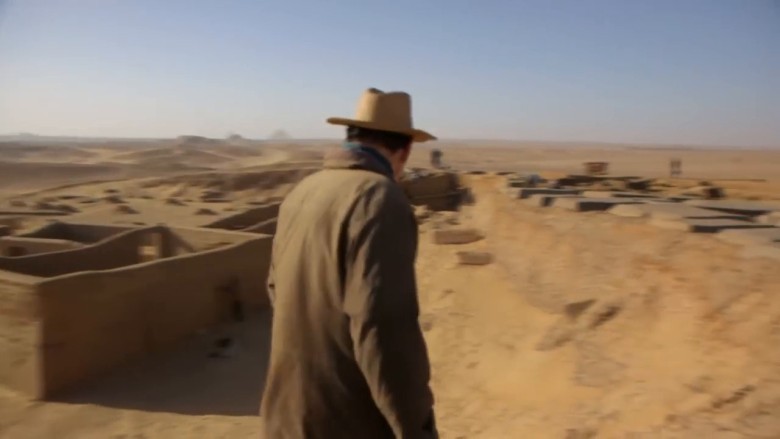
Ancient Egyptian Beliefs
The discovery of the tomb of Sabi provided valuable insights into the religious beliefs and practices of ancient Egypt. The paintings and hieroglyphs adorning the walls of the chamber depicted scenes of daily life, religious rituals, and offerings to the gods, offering a glimpse into the spiritual world of the ancient Egyptians. The belief in the afterlife was a central tenet of ancient Egyptian religion, and the tomb was designed to provide the deceased with the necessary provisions and protections for their journey into the next world. The artifacts and inscriptions found in the tomb shed light on the complex and sophisticated belief system of the ancient Egyptians, highlighting their deep reverence for the gods and their commitment to ensuring a successful transition into the afterlife.
The Role of Priests
The significance of priests in ancient Egyptian society was evident in the titles and inscriptions found in the tomb of Sabi. Priests played a crucial role in the religious and cultural life of ancient Egypt, serving as intermediaries between the people and the gods. They were responsible for performing rituals and ceremonies, maintaining the temples and sacred sites, and preserving the knowledge and traditions of the religion. The discovery of the tomb provided valuable insights into the duties and responsibilities of the priests, as well as their status and influence in ancient Egyptian society. The inscriptions and artifacts found in the tomb highlighted the importance of the priesthood and the central role it played in the spiritual and cultural life of the ancient Egyptians.
Art and Symbolism
The art and symbolism found in the tomb of Sabi were a testament to the skill and craftsmanship of the ancient Egyptian artists. The paintings and hieroglyphs adorning the walls of the chamber were not just decorative elements; they were imbued with deep meaning and significance, reflecting the beliefs and values of the ancient Egyptians. The use of color, form, and composition in the art of ancient Egypt was highly symbolic, with each element carefully chosen to convey specific meanings and messages. The discovery of the tomb provided valuable insights into the artistic traditions and conventions of ancient Egypt, highlighting the importance of art as a means of expressing and preserving the cultural and spiritual heritage of the civilization.
9. The Impact of Political Instability
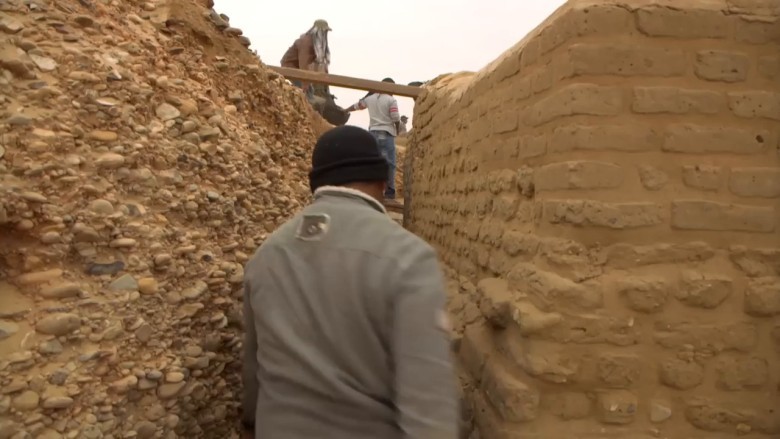
Revolution and Its Aftermath
The impact of the Egyptian revolution on archaeological sites and tourism was profound and far-reaching. The political instability and economic hardships that followed the revolution led to a surge in looting and vandalism, as well as a decline in tourism. The challenges faced by the archaeological community were exacerbated by the lack of resources and support, making it difficult to protect and preserve the country's cultural heritage. The revolution and its aftermath highlighted the vulnerability of Egypt's archaeological treasures and the need for sustained efforts to safeguard them for future generations.
Economic Challenges
The economic challenges faced by Egypt had a significant impact on the preservation and protection of archaeological sites. The decline in tourism, which had been a major source of revenue for the country, resulted in fewer resources for the maintenance and security of the sites. The economic hardships also led to an increase in illegal excavations and thefts, as desperate individuals sought to profit from the sale of antiquities on the black market. The economic challenges underscored the need for sustainable solutions that could support both the preservation of cultural heritage and the economic well-being of the local population.
Government Efforts
In response to the challenges faced by Egypt's archaeological heritage, the government had taken a number of measures to protect and promote the country's cultural treasures. The construction of the Grand Egyptian Museum was a testament to the government's commitment to preserving and showcasing Egypt's rich history and culture. The museum, with its state-of-the-art facilities and advanced security measures, was intended to safeguard the artifacts for future generations and provide a valuable resource for education and research. The government had also implemented a number of initiatives to combat looting and vandalism, including increased security measures and public awareness campaigns. The efforts of the government highlighted the importance of preserving Egypt's cultural heritage and the need for sustained support and collaboration to achieve this goal.
10. The Role of International Collaboration
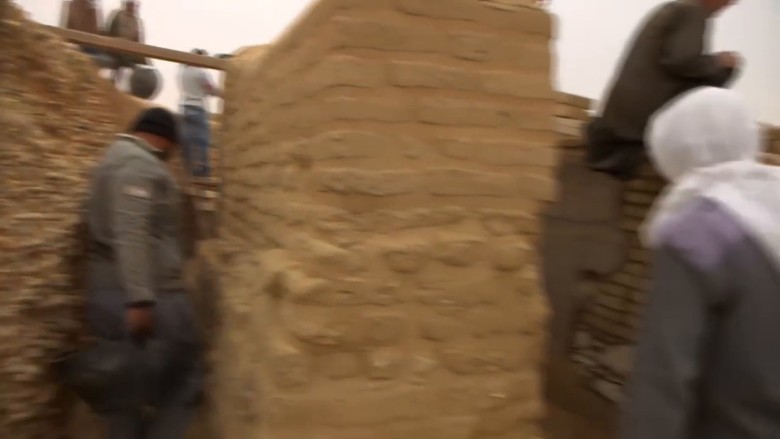
Global Partnerships
The importance of international collaboration in archaeological projects and the protection of cultural heritage could not be overstated. The discovery and preservation of Egypt's archaeological treasures relied heavily on the support and expertise of the global community. International partnerships provided valuable resources and opportunities for collaboration, enabling archaeologists to share knowledge, techniques, and technologies. The global partnerships also played a crucial role in raising awareness and support for the preservation of cultural heritage, highlighting the importance of protecting and promoting the world's shared history and culture.
Funding and Support
The role of international organizations and foreign governments in funding and supporting archaeological efforts was essential to the success of the projects. The financial and technical support provided by the global community enabled archaeologists to carry out their work, ensuring that the artifacts and structures were carefully uncovered, documented, and preserved. The funding and support also played a crucial role in the development and implementation of sustainable solutions for the protection and promotion of cultural heritage, highlighting the importance of international collaboration and cooperation.
Cultural Exchange
The benefits of cultural exchange and the sharing of knowledge and expertise were evident in the success of archaeological projects and the preservation of cultural heritage. The exchange of ideas, techniques, and technologies between archaeologists from different countries and backgrounds enriched the field of archaeology, providing new opportunities for discovery and innovation. The cultural exchange also played a crucial role in raising awareness and appreciation for the world's shared history and culture, highlighting the importance of preserving and promoting the treasures of the past for future generations.
11. The Future of Archaeology in Egypt
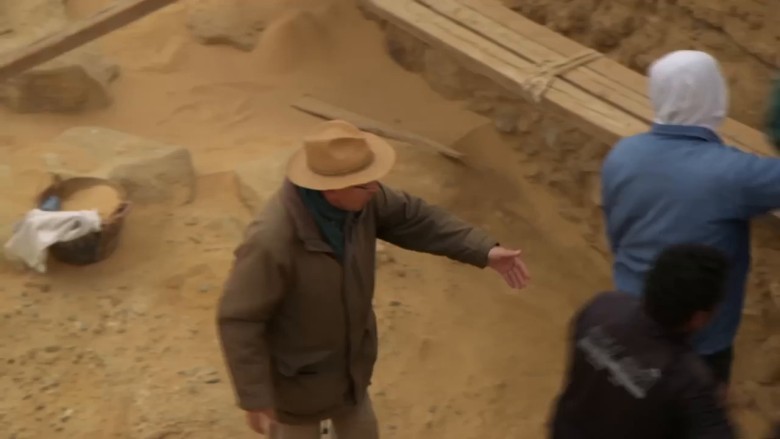
Emerging Technologies
The potential of new technologies to revolutionize archaeological research and preservation was vast and exciting. The use of advanced tools and techniques, such as ground-penetrating radar, 3D scanning, and photogrammetry, provided valuable resources for the excavation and documentation of archaeological sites. The emerging technologies also offered new opportunities for the preservation and dissemination of archaeological knowledge, enabling researchers to share their findings with a global audience. The future of archaeology in Egypt was bright, with the potential for new discoveries and innovations that could deepen our understanding of the past and inspire future generations.
Educational Initiatives
The importance of education and training in developing the next generation of archaeologists could not be overstated. The educational initiatives provided valuable opportunities for students and young professionals to gain the knowledge, skills, and experience needed to succeed in the field of archaeology. The initiatives also played a crucial role in raising awareness and appreciation for the importance of preserving and promoting cultural heritage, highlighting the need for sustained support and collaboration to achieve this goal. The future of archaeology in Egypt relied heavily on the development and implementation of educational initiatives that could inspire and empower the next generation of archaeologists.
Sustainable Tourism
The need for sustainable tourism practices to protect archaeological sites while promoting economic growth was a critical challenge faced by the tourism industry in Egypt. The sustainable tourism practices provided valuable opportunities for visitors to experience and appreciate the country's rich history and culture, while also supporting the preservation and protection of the archaeological sites. The sustainable tourism practices also played a crucial role in raising awareness and support for the importance of preserving cultural heritage, highlighting the need for a balanced approach that could support both the economic well-being of the local population and the protection of the country's treasures.
12. Personal Reflections from Vassil Dobrev
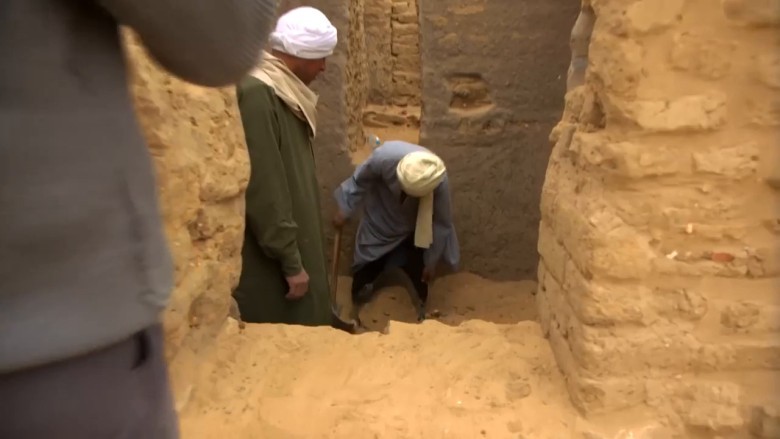
Memorable Discoveries
Vassil's most memorable discoveries were a testament to his dedication and passion for archaeology. Each discovery was a piece of the puzzle, a glimpse into the lives and beliefs of the ancient Egyptians. The discoveries provided valuable insights into the culture and history of the civilization, deepening our understanding of the past and inspiring future generations. Vassil's reflections on his most memorable discoveries highlighted the importance of preserving and promoting cultural heritage, underscoring the need for sustained support and collaboration to achieve this goal.
Challenges and Triumphs
The challenges faced by Vassil in his archaeological journey were numerous and daunting, but his triumphs were a testament to his perseverance and determination. The challenges ranged from the physical demands of the excavation process to the logistical and financial hurdles of conducting research in a remote and politically unstable region. Despite these challenges, Vassil's triumphs were a reminder of the power of passion and the importance of pursuing one's dreams, no matter the obstacles that lay ahead. Vassil's reflections on his challenges and triumphs highlighted the resilience and strength of the human spirit, underscoring the need for sustained support and collaboration to achieve the goals of preserving and promoting cultural heritage.
Future Aspirations
Vassil's hopes and aspirations for the future of archaeology in Egypt were a testament to his commitment and dedication to the field. His vision for the future included the continued discovery and preservation of the country's archaeological treasures, as well as the development and implementation of sustainable solutions for the protection and promotion of cultural heritage. Vassil's reflections on his future aspirations highlighted the importance of preserving and promoting the treasures of the past for future generations, underscoring the need for sustained support and collaboration to achieve this goal.
13. The Human Side of Archaeology
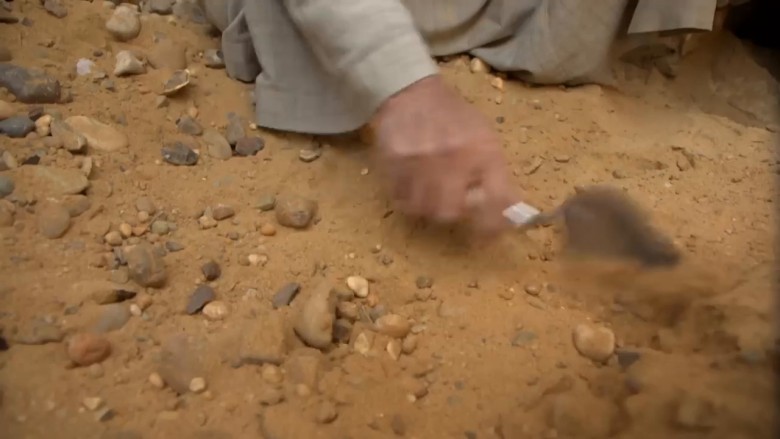
Stories from the Field
The personal stories and anecdotes from Vassil and his team highlighted the human side of archaeological work. The stories provided a glimpse into the lives and experiences of the individuals who dedicated their time and effort to uncovering and preserving the treasures of the past. The stories from the field were a reminder of the passion, dedication, and resilience of the archaeologists, underscoring the importance of their work and the need for sustained support and collaboration to achieve the goals of preserving and promoting cultural heritage.
Community Engagement
The importance of engaging with local communities and the benefits of their involvement in archaeological projects were evident in the success of the excavations. The community engagement provided valuable opportunities for the local population to gain knowledge, skills, and experience in the field of archaeology, as well as to develop a sense of ownership and pride in their cultural heritage. The community engagement also played a crucial role in raising awareness and support for the importance of preserving and promoting cultural heritage, highlighting the need for a collaborative and inclusive approach to achieve this goal.
Cultural Sensitivity
The need for cultural sensitivity and respect in archaeological research and preservation was a critical challenge faced by the field. The cultural sensitivity involved understanding and respecting the beliefs, values, and traditions of the local population, as well as ensuring that the archaeological work was conducted in a manner that was respectful and considerate of their cultural heritage. The cultural sensitivity also played a crucial role in raising awareness and appreciation for the importance of preserving and promoting cultural heritage, highlighting the need for a balanced and respectful approach to achieve this goal.
14. The Global Significance of Egyptian Archaeology
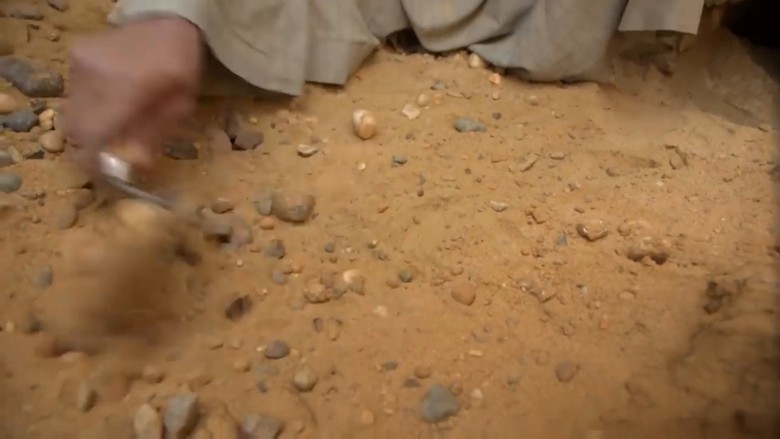
World Heritage
The global significance of Egypt's archaeological treasures and their designation as World Heritage sites underscored the importance of preserving and promoting the country's cultural heritage. The World Heritage sites provided valuable opportunities for the global community to experience and appreciate the rich history and culture of ancient Egypt, as well as to support the preservation and protection of the archaeological sites. The global significance of Egyptian archaeology highlighted the need for sustained support and collaboration to achieve the goals of preserving and promoting cultural heritage, underscoring the importance of protecting and promoting the world's shared history and culture.
Cultural Diplomacy
The role of archaeology in cultural diplomacy and the promotion of international understanding and cooperation was a critical challenge faced by the field. The cultural diplomacy involved using the discoveries and insights from archaeological research to foster dialogue, understanding, and cooperation between different countries and cultures. The cultural diplomacy also played a crucial role in raising awareness and support for the importance of preserving and promoting cultural heritage, highlighting the need for a collaborative and inclusive approach to achieve this goal. The role of archaeology in cultural diplomacy underscored the importance of protecting and promoting the world's shared history and culture, as well as the need for sustained support and collaboration to achieve this goal.
Preservation for Future Generations
The importance of preserving Egypt's cultural heritage for future generations and the role of global efforts in achieving this goal were evident in the success of archaeological projects and the protection of cultural heritage. The preservation for future generations involved ensuring that the artifacts and structures were carefully uncovered, documented, and preserved, as well as developing and implementing sustainable solutions for the protection and promotion of cultural heritage. The preservation for future generations also played a crucial role in raising awareness and appreciation for the importance of preserving and promoting cultural heritage, highlighting the need for a balanced and inclusive approach to achieve this goal. The importance of preserving Egypt's cultural heritage for future generations underscored the need for sustained support and collaboration to achieve the goals of protecting and promoting the world's shared history and culture.
15. Conclusion
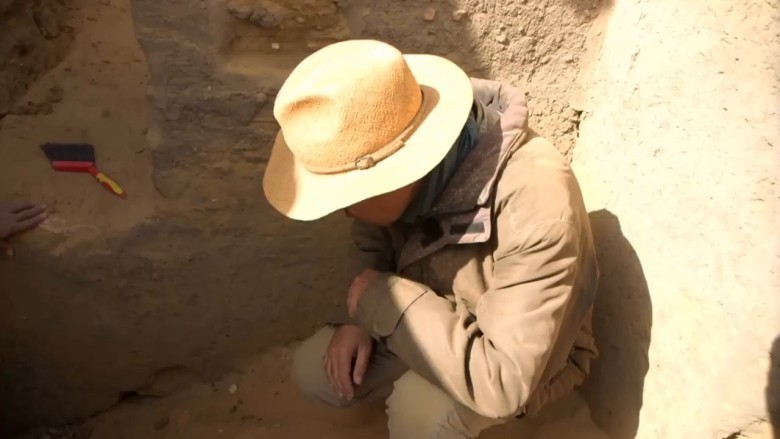
The Importance of Preservation
The critical need to protect and preserve Egypt's archaeological heritage for future generations was a testament to the enduring legacy of ancient Egypt and the importance of its cultural treasures. The preservation of the artifacts and structures was essential to ensuring that they could be appreciated and studied by people from all over the world, providing valuable insights into the history and culture of a civilization that had long since vanished. The importance of preservation underscored the need for sustained support and collaboration to achieve the goals of protecting and promoting cultural heritage, highlighting the significance of Egypt's archaeological treasures and their role in the world's shared history and culture.
Hope for the Future
The potential for tourism to rebound and the continued efforts of archaeologists like Vassil to uncover and protect Egypt's hidden treasures were a testament to the resilience and strength of the human spirit. The hope for the future involved developing and implementing sustainable solutions for the protection and promotion of cultural heritage, as well as raising awareness and support for the importance of preserving and promoting the treasures of the past. The hope for the future underscored the need for a balanced and inclusive approach to achieve the goals of protecting and promoting cultural heritage, highlighting the potential for a brighter and more sustainable future for Egypt's archaeological treasures.
Final Thoughts
The enduring allure of ancient Egypt and the importance of balancing tourism, security, and preservation were a testament to the significance of the country's cultural heritage and the need for sustained support and collaboration to achieve the goals of protecting and promoting it. The final thoughts involved reflecting on the journey of discovery and preservation, as well as the challenges and triumphs that had marked the path. The final thoughts underscored the importance of preserving and promoting the treasures of the past for future generations, highlighting the enduring legacy of ancient Egypt and its role in the world's shared history and culture.













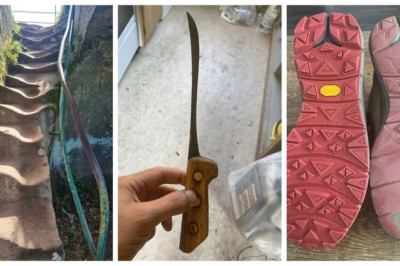
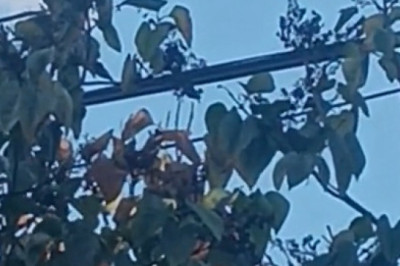

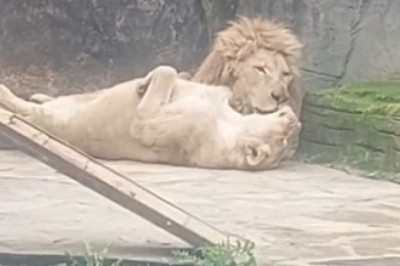

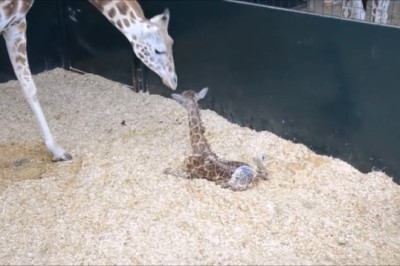

Comments
0 comment